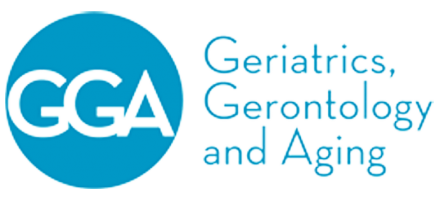Association between physical functioning with cognition among community-dwelling older adults: a cross-sectional study
Geriatrics, Gerontology and Aging
Association between physical functioning with cognition among community-dwelling older adults: a cross-sectional study
Autor Correspondente: Mariana Souza | [email protected]
Palavras-chave: aging; cognition; cognitive impairment; functional performance.
Resumos Cadastrados
Resumo Inglês:
OBJECTIVE: Declines in physical and cognitive functioning often co-exist through aging. Gait-related parameters have been related to cognitive function, although it is unclear whether other measures of physical functioning are similarly related to cognition. Here, we analyzed the relationship between physical functioning with cognition in older adults.
METHODS: In total, baseline data of 116 dementia-free older adults recruited from two separated clinical trials (RCT) were included (M age = 69 years, SD = 6; 71% women). We quantified cognitive functioning using the Montreal Cognitive Assessment (MoCA) and executive functioning tasks (Digit Span Forward minus Backward and verbal fluency – FAS and animal naming). Physical function measures included gait speed, Short-physical Performance Battery (SPPB), five-times Sit-to-Stand Test, the Timed Up and Go (TUG) test, the Six-minute Walk Test (6MWT), and lower extremity muscle strength. We used multiple linear regression analyses to explore the association between cognitive measures and each measure of physical functioning, adjusting for age, sex, education, and RCT. Regression coeficients (b), standard error (SE) and 95% confidence intervals (CI) were used to summarize main results.
RESULTS: We observed a positive association between muscle strength and the MoCA (b = 0.84, SE = 0.40, 95%CI 0.05–1.64) after controlling for covariates. Significant associations were also found between the five-times-sit-to-stand test (b = -0.63, SE = 0.26, 95%CI -1.15–-0.12), TUG (b = -1.13, SE = 0.57, 95%CI -2.26–-0.01), 6MWT (b = 0.04, SE = 0.02, 95%CI 0.01–0.07), and lower extremity muscle strength (b = 1.92, SE = 0.93, 95%CI 0.09–3.77) with the FAS verbal fluency test, and between the TUG (b = -0.62, SE = 0.24, 95%CI -1.11–-0.14) with animal naming.
CONCLUSION: In community-dwelling older adults, higher levels of muscle strength, dynamic balance and cardiorespiratory fitness were positively related with global cognition and executive control measures.

